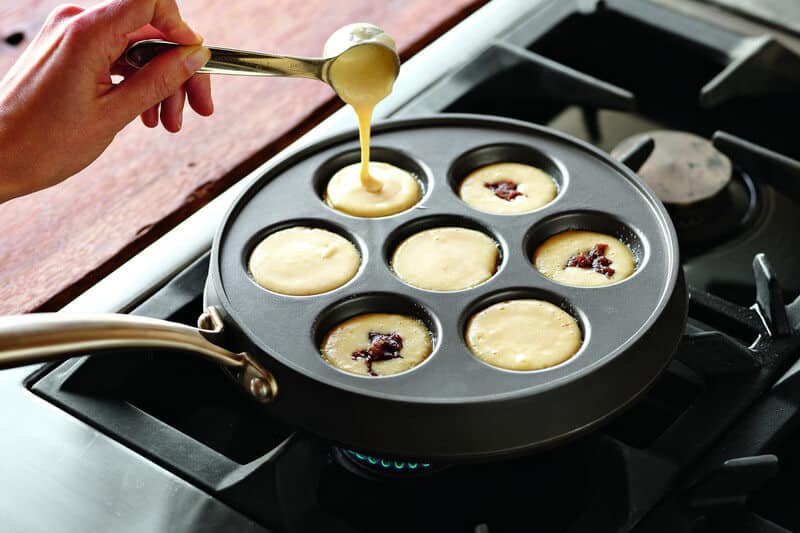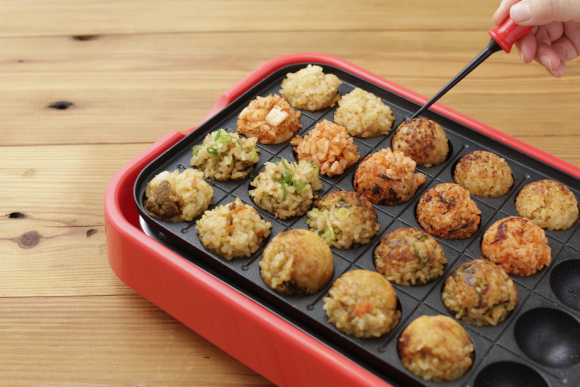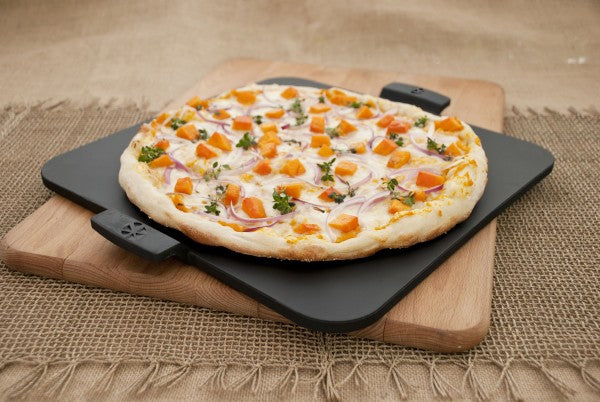Welcome to your definitive masterclass on patty thickness settings with burger presses. We'll explore the nuances behind creating the perfect burger, as understanding patty thickness can truly elevate your dishes, turning every burger into a flavor-packed experience.
In the dynamic environment of professional kitchens, delivering high-quality burgers consistently is key. Whether you run a busy restaurant or are catering elite events, familiarizing yourself with the patty thickness settings on your burger press gives you a competitive edge. This guide is crafted to arm you with crucial insights and proven techniques for achieving burger perfection.

The Role of Patty Thickness
The thickness of a burger patty heavily influences its texture, moisture retention, and overall flavor profile. If a patty is overly thick, it might cook unevenlyresulting in a raw center and overcooked edges. Conversely, a patty that is too thin may fall short in delivering the juicy, satisfying bite diners crave, leading to disappointing experiences.
By properly utilizing the correct thickness settings on your burger press, you can ensure that each patty cooks evenly, retains its luscious juices, and provides a delightful munch every time. This meticulous approach not only enhances the dining experience but also demonstrates your skills as a culinary expert.
Deciphering Burger Press Settings
Burger presses are equipped with various settings that enable you to customize patty thickness. These typically vary from thin to thick, allowing for a tailored approach that meets your menu and customer tastes.
For example, a thinner patty might be perfect for a classic fast-food burger, prioritizing quick cooking and a harmonious blend of flavors. In contrast, a thicker patty suits gourmet offerings, focused on a juicy, meaty texture that celebrates high-quality ingredients.
Adjusting for Cooking Methods
Your chosen cooking method can significantly impact the ideal patty thickness. For instance, grilling over open flames benefits from slightly thicker patties, as intense heat can quickly give a nice sear while keeping the insides juicy. If youre interested in unique grilling techniques, take a look at our resource on outdoor cooking.
Alternatively, cooking on a flat-top griddle might require thinner patties to achieve that perfect caramelized crust without overcooking the inside. It's all about experimentationtry different thicknesses and methods to discover what works best for your kitchen.
Secrets to Consistent Results
For consistent results in patty making with your burger press, precision paired with practice is essential. Here are some essential tips to maintain quality across each patty:
- Regularly calibrate your burger press to keep settings accurate and reliable.
- Consider weighing each portion of meat before pressing. This ensures a uniform size and weight, contributing to more consistent cooking results.
- Dont be afraid to experimenttry different types of ground meat and seasonings to create your signature burgers.
Additional Resources to Explore
To further enhance your burger-making expertise, explore additional resources and recipes. For a fun challenge, try making Danish Aebleskiver, a delightful take on cooking round foods. You can also discover new flavor combinations with this cornbread recipe that pairs wonderfully with burgers. Additionally, check out our insights on best fuel types to enhance your grilling skills.

Frequently Asked Questions
What is the ideal patty thickness for juiciness?
The best patty thickness can differ based on individual tastes and cooking methods. Generally, a thickness of about 3/4 inch to 1 inch is recommended for a juicy and delicious burger.
How can I ensure even cooking of my patties?
To achieve even cooking, utilize a burger press with adjustable settings to ensure uniform thickness. Also, be sure to preheat your cooking surface to the correct temperature before introducing your patties.
Can I shape other types of meat using a burger press?
Absolutely! A burger press is versatile and can be used for various types of ground meat, including turkey, chicken, lamb, and even plant-based options. Just make sure to adjust the thickness settings accordingly to suit the type of meat.
This article contains affiliate links. We may earn a commission at no extra cost to you.






Leave a comment
This site is protected by hCaptcha and the hCaptcha Privacy Policy and Terms of Service apply.